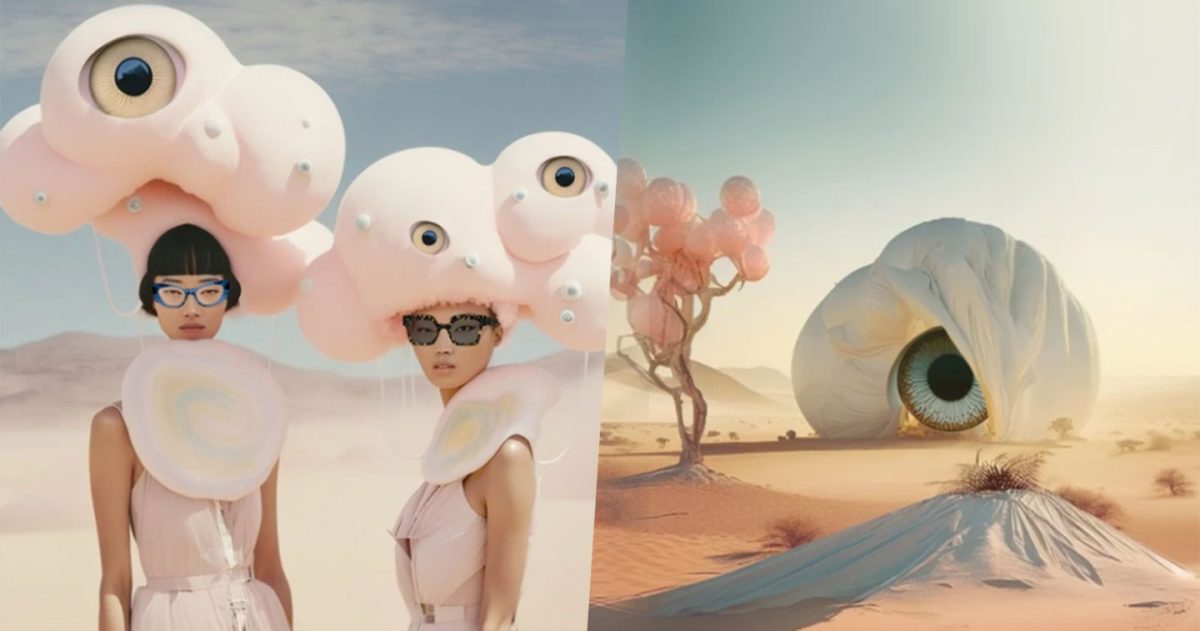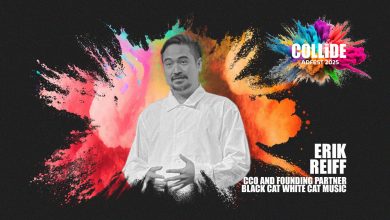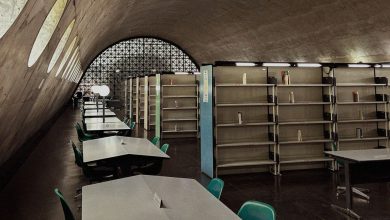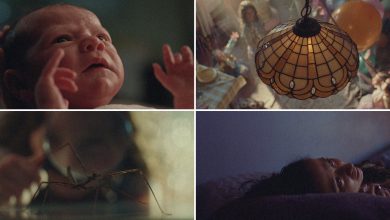WASHINGTON DC, USA — Renowned design and branding studio Design Army has taken a leap into the realm of artificial intelligence (AI) to create a groundbreaking brand campaign for Georgetown Optician. Departing from the gimmicky AI projects prevalent in the industry, Design Army sought to explore the practical application of AI in its creative process and utilized Midjourney to revolutionize its approach.
With a history of longstanding collaboration, Georgetown Optician tapped Design Army to develop a captivating campaign for the brand’s new store opening, only four weeks away.
Ordinarily, such a project would require extensive preparations, involving the hiring of models, makeup artists, wardrobe specialists, scouting locations, and a minimum of three months for execution. With limited time and a modest budget, Pum Lefebure, Co-founder and Chief Creative Officer of Design Army, recognized the potential of AI and embraced it as a solution. Georgetown Optician, supportive of this innovative approach, provided Design Army with the opportunity to explore uncharted creative territories.
The resulting concept, titled “Adventures in A-Eye,” took shape as a surreal sci-fi playground that would showcase Georgetown Optician’s eyewear collection. Drawing inspiration from travel themes and the rapid evolution of AI, Design Army envisioned a Martian landscape populated by pioneering adventurers, all sporting its distinctive eyeglasses.
Using Midjourney necessitated the articulation of clear and concise prompts, akin to directing a human design team. Although the specific prompts used in the campaign remain proprietary, Pum commenced the process with a mood board, exploring themes such as the 1950s, sci-fi, Hitchcock, safaris, and a generous infusion of pink to capture the essence of the unknown planet’s Mars-esque palette.
As the prompts became more detailed and specific, Design Army’s vision gradually materialized. With the integration of Japanese animation techniques and the inclusion of human emotions, the AI-generated imagery evolved from menacing to adorable, captivating viewers with its art history references, architectural cues, and interdisciplinary amalgamation.
Addressing concerns about the ethical implications and the proliferation of unattributed AI-generated work, Pum emphasized the importance of avoiding outright duplication by incorporating cross-pollination of ideas and names into the prompts. This approach aimed to challenge the AI to think more creatively while allowing designers to infuse their own imagination into the process.
Design Army’s AI-created campaign showcases everything from landscapes to characters, with a staggering 80% completeness in some instances. The remaining elements, such as typography and the actual Georgetown Optician frames, were seamlessly integrated into the scenes. What once would have taken months to accomplish was delivered within weeks, delighting Georgetown Optician and its parent company, New Look Vision Group.
Reflecting on the future of AI in design, Pum remarked that the integration of AI technologies will not lead to job losses but rather create opportunities for those who can effectively collaborate with AI. She acknowledged the need for humans to discern the value of genuine artistic work versus the speed and aesthetic beauty offered by AI.










